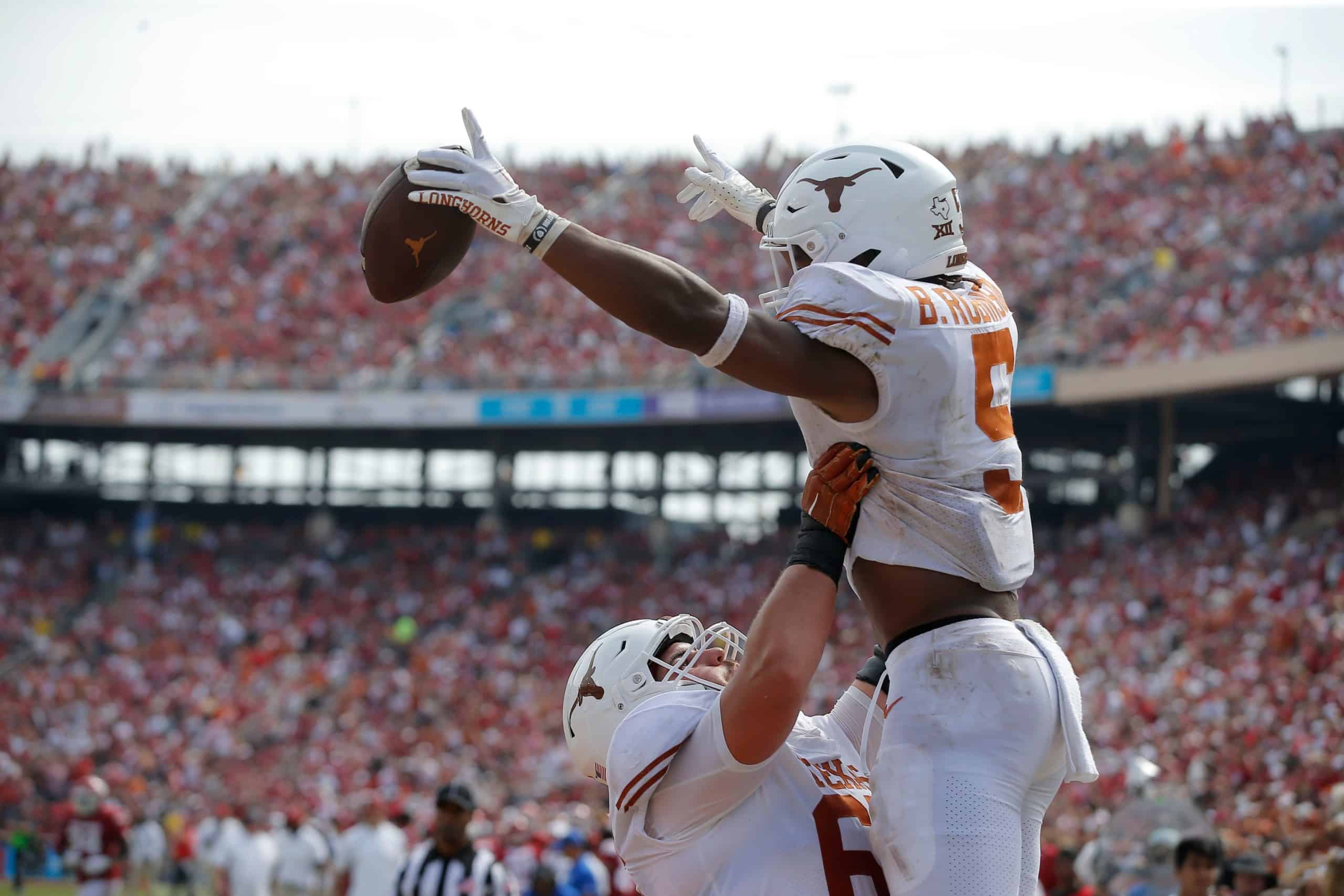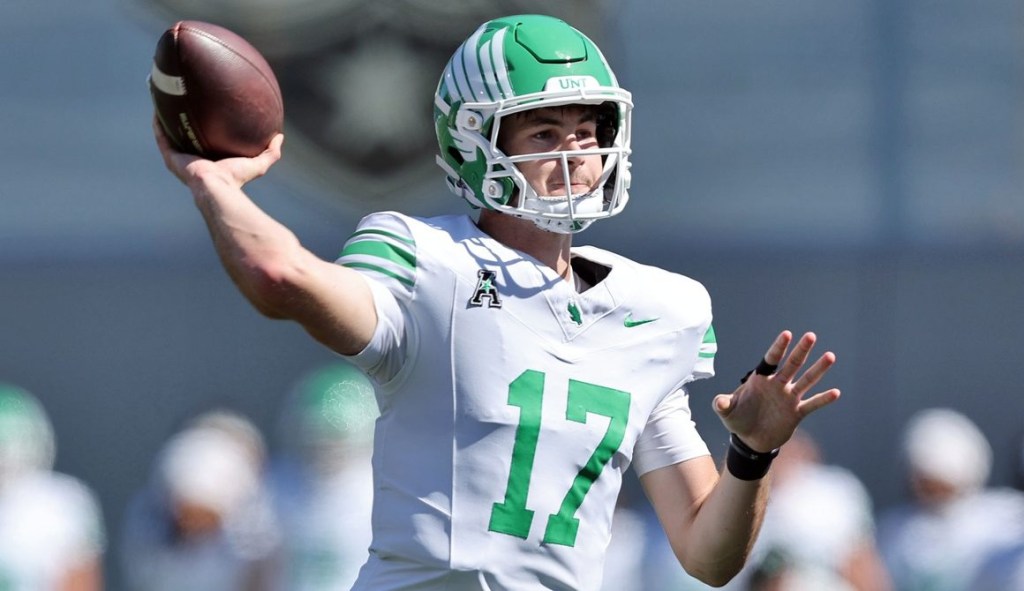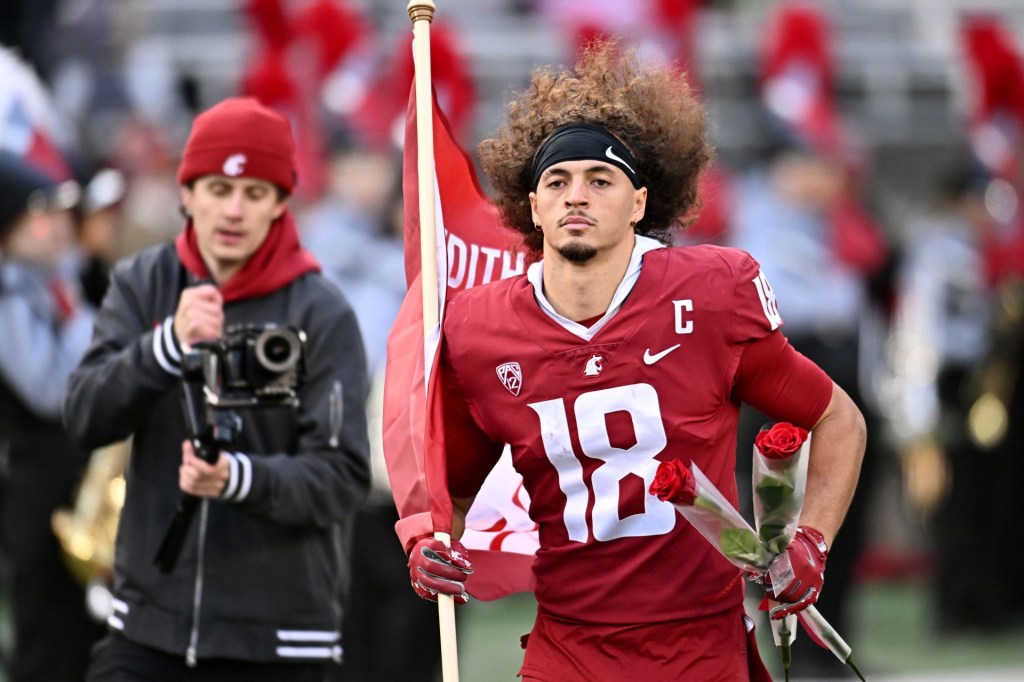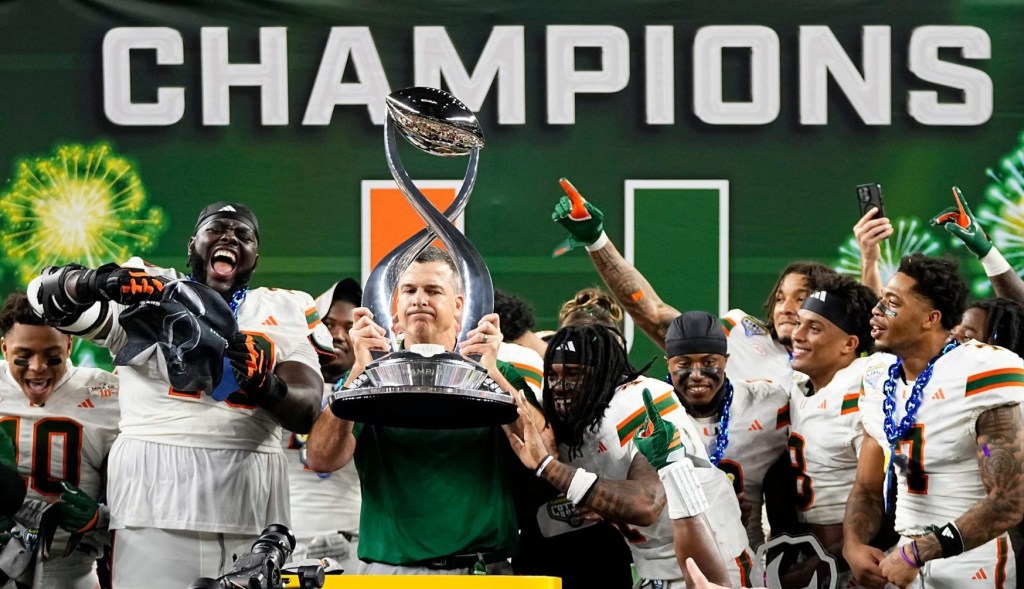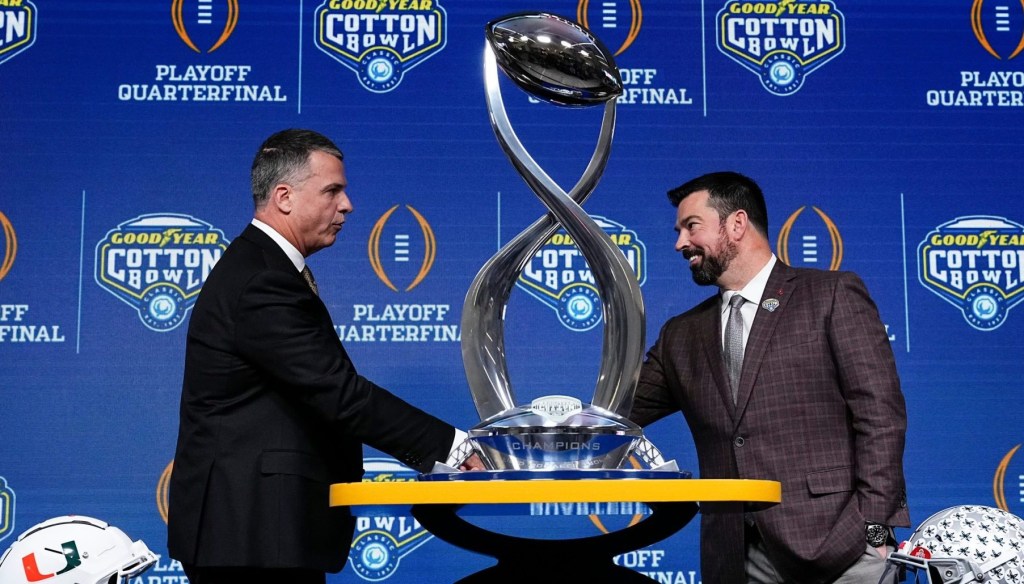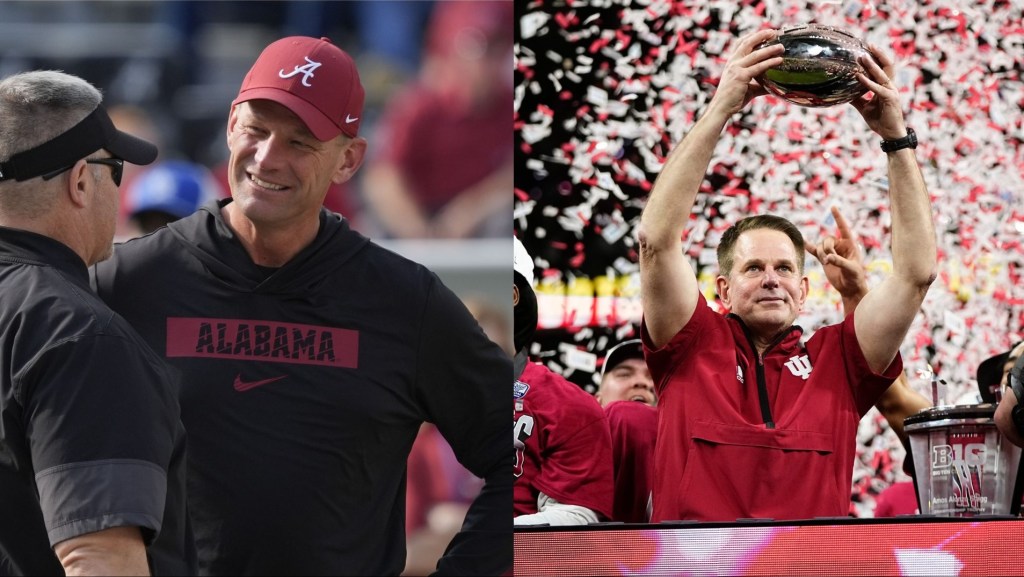Bowl games have been a cultural mainstay in college sports since 1902.
But in recent decades, college football stakeholders have tried multiple times to create a championship out of the century-old bowl game structure due to increasing public pressure.
The BCS era began in 1999 and ended in 2014 with the formation of the College Football Playoff. But it didn’t simplify much: Four teams get in, the national semifinals are bowl games played as part of the New Year’s Six, and it culminates in a national championship game — which is not a bowl.
Now, the tension between an antiquated structure and a growing appetite for a more traditional playoff, and larger field, has reached its crescendo.
Starting in 2024, the CFP will expand to 12 teams. For the first two years, bowl games will host quarters and semis. But after that, the future of New Year’s Six bowl games — and the rest of the slate — is anyone’s guess.
What will it take for them to remain relevant?
How We Got Here
Starting with Pasadena, local communities began to realize that hosting an annual college football postseason game could provide major financial benefits.
Following the Rose Bowl’s 1902 inception, chambers of commerce and charitable organizations nationwide began instituting their own bowl games, Denis Crawford, a historian at the College Football Hall of Fame in Atlanta, told Front Office Sports.
“The major benefit of the bowl system as it was constructed? In addition to raising funds for local economies but also for local charitable organizations, it’s just a fun way to spend a week,” he said.
The Rose Bowl — and its success — was almost immediately emulated.
- The early years of bowl games were invitationals, Crawford explained — so they could serve as a “mythical national championship” because the bowls could invite the best teams in the league.
- Eventually, conferences began striking deals that ensured one of their teams would play each year.
- The Rose Bowl, for example, struck a deal that required one Pac-12 school and one Big Ten school every year.
“We had a lot of situations where the best teams couldn’t play each other,” he said.
That frustration culminated in the 1990s, when the BCS era began. Between that and the advent of the CFP, college sports officials have attempted to fit a more legitimate playoff system into the existing bowl structure.
This year, there are 42 bowl games in total — Crawford noted that even as fans have clamored for a better playoff structure, the number of bowls has only increased overall.
The New Year’s Six
Since 2014, the New Year’s Six have held a prestigious but inconsistent function. The two CFP semis rotate, meaning each bowl would truly matter only once every three years.
But the 12-team CFP is a major win for this slate of bowls. For now, they’re more relevant than ever, given that all six represent either a quarterfinal or semifinal game.
Even the Rose Bowl, which initially balked at amending its contract, eventually wanted to take part.
- At first, the bowl asked for extra benefits like the ability to host an extra bowl game in the years that it hosted a semifinal with the guarantee of an exclusive broadcast window.
- The Rose Bowl agreed to relinquish these requests at the 11th hour, in favor of two years hosting a quarterfinal and maintaining its 2 p.m. PT slot on New Year’s Day.
- Rose Bowl management committee chair Laura Farber told FOS she was “extremely pleased” to have reached an agreement.
- “There was no intention of keeping early entry into the expanded playoff from happening,” she added.
The fate of the New Year’s Six isn’t secure forever, though. In 2026, the contracts for the CFP’s media rights deal with ESPN — and its deals with the bowls — expire.
CFP executive director Bill Hancock told reporters that “nothing is locked in.” So even though Farber said the Rose Bowl wants to participate in the future CFP, it may have to fight for a spot.
The biggest competitor to the New Year’s Six isn’t another slate of bowls — it’s actually on-campus games. The first round of the 12-team playoff will be played at “home sites,” meaning the higher seed can host the game at home or at another site of its choosing.
There are logistical concerns with on-campus playoff games. But if they’re successful, they could replace bowls at quarterfinal sites, too.
At a Sports Business Journal conference last week, Big Ten Commissioner Kevin Warren, for his part, expressed an interest in this format.
If this happens, the New Year’s Six could be relegated to their current role of playoff relevance once every three years — if they have any role at all.
Too Big to Fail?
As for the other 30-plus bowl games, the future is arguably more precarious.
The 12-team playoff and the transfer portal threaten the importance of dozens of lower-profile matchups.
But for now, Bowl Season has two things on its side: the longstanding tradition of bowls at the local level, and the sheer size of the FBS football category.
During a press conference, Bowl Season executive director Nick Carparelli noted how “uneven” the playing field is across FBS football — from Group of 5 schools that make $30 million or less in athletics annually and are heavily subsidized to powerhouse programs that rake in more than $200 million a year, and regularly land a spot in the playoff.
“Regardless of the playoff being at four teams now or 12 teams in the future…that’s not enough to serve 10 conferences and 130 institutions.” He sees bowls as an opportunity to give athletes at these schools “something to play for.”
He also intends to use the new aspects of the college football landscape to carve out a permanent spot for non-New Year’s Six bowls.
Carparelli plans to meet with FBS commissioners this offseason to discuss how name, image, and likeness deals can become part of the bowl experience, too.
- NCAA rules prohibit entities that run college sporting events from offering deals to athletes who are playing in those games — so the Sugar Bowl itself, for example, can’t offer participating players a deal.
- But sponsors of bowls can offer deals. Carparelli floated the idea of bowl sponsors offering deals to participating athletes. (Cheez-It, for example, is testing out this idea this year.)
- The idea has also already been done in college basketball, where NCAA sponsors like Great Clips also inked separate deals with athletes participating.
Perhaps NIL deals could also lure athletes into playing bowl games who otherwise would have eschewed them in order to prevent injury, or to enter the transfer portal.
The transfer portal rules have already threatened the relevance of bowls. The new rules allow athletes a one-time opportunity to transfer without having to sit out a season — and the portal opened up shortly before Bowl Season.
Carparelli did suggest a way for the 12-team playoff to actually make bowl games more relevant: “Bowl games are going to be very valuable inventory to strategically place in and around the CFP games to help promote them,” he said. That way, networks could maintain the attention of fans between conference championship week and the first round of the playoff.
“The College Football Playoff is great for the game of college football,” Carparelli said. “That being said, Bowl Season is equally important, if not more so for a greater number of institutions.”
